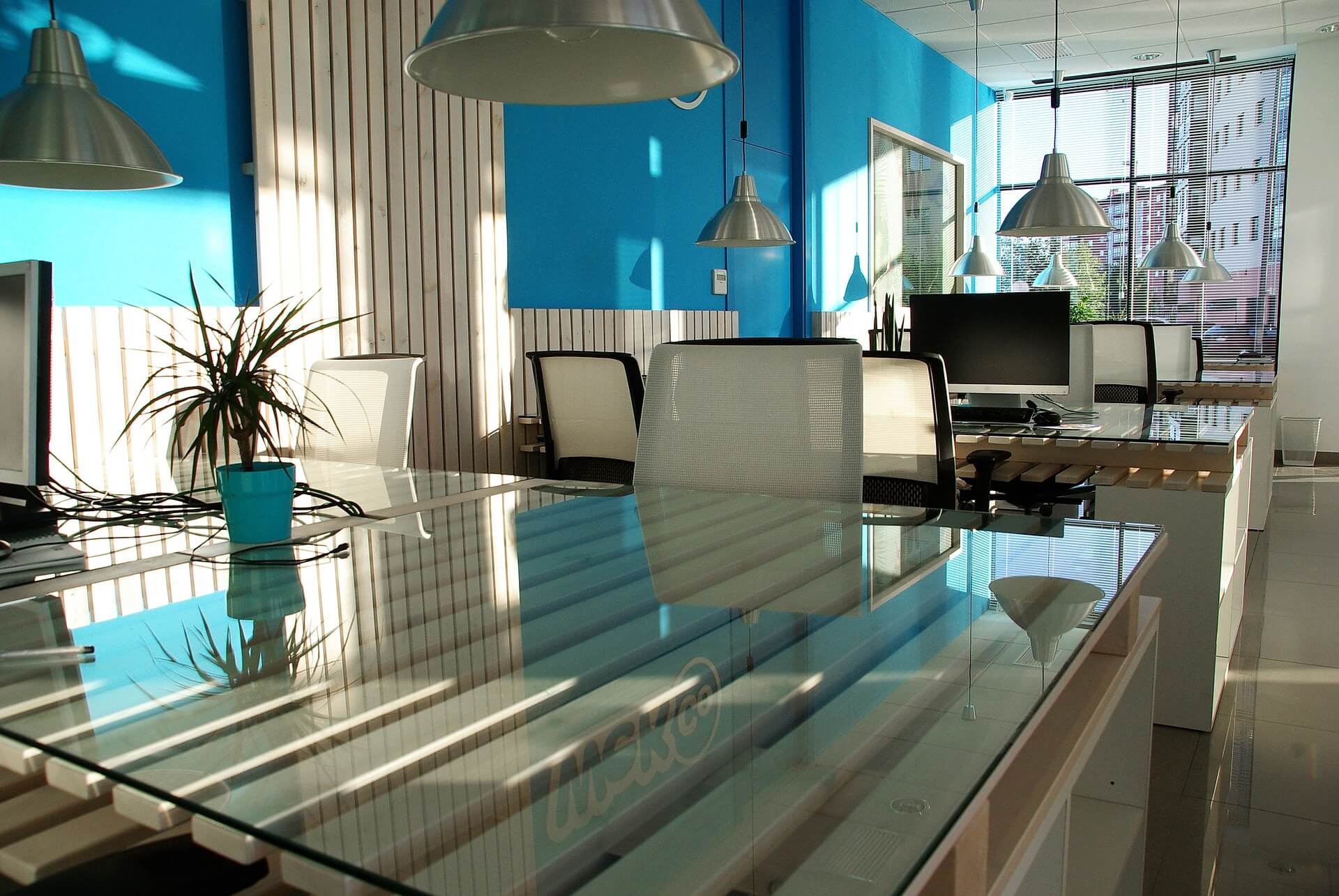How to know if your company is a “great place to work”
By Patrick Cwiklinski• 6 mins read•May 23, 2019

Great Place to Work’s Senior Director of Content, Ed Frauenheim, breaks down the methodology behind their prestigious lists and how a company can stand out as a great workplace.
Every year, Fortune puts out its highly anticipated 100 Best Companies to Work For list. Hailing from a number of different industries, each company has one thing in common — its people determine how good a workplace it really is. There’s no favoritism or free promotion, only opinions and insights straight from the horse’s mouth.
Great Place to Work is the mind behind that list and others like it, including Best Workplaces in Technology and Best Workplaces for Millennials. The workplace thought leader’s Senior Director of Content Ed Frauenheim talks to us about what makes a compelling company from an employee perspective and how the physical and technological elements of a workplace can contribute to its overall strength.
With so many companies providing good working environments these days, how have your criteria evolved to determine which companies are indeed the best of the best and what makes them stand out?
Frauenheim: The most important element we’ve found in our research is when employees experience trust at work. We further break down trust into three components: do employees feel respected at work? Do they feel things are fair at work? Do they feel their leaders are credible?
Our methodology has changed in the last two years to reward companies that are really great “for all.” For 20 years or so, we took employee responses to our survey and found out which were the best companies on average. That doesn’t cut it for us anymore. We are now rewarding companies that are creating a consistently great work experience across different demographic groups and job levels.
The very top companies are really creating a great place to work for all employees — no matter who that employee is or what they do for the organization.

Despite many of these companies hailing from different industries, what are some of the overarching similarities you’ve seen between companies that consistently make the list?
Frauenheim: What we’re seeing increasingly across industries is a concept we’re calling “innovation by all.” What we mean by that is companies are giving everybody a chance to create on the job, to be connected with each other, and to contribute.
This is very important for organizations to succeed these days given that they’re operating within a very volatile, rapidly changing environment. If you’re going to succeed in this type of climate, you have to be nimble and agile. Your organization needs to act more like a flock of birds than a formal hierarchy. When everybody is given the opportunity to come up with new ideas, whether it’s working on a product or creating a better process, that is really a commonality among the top companies.
Hilton, the number one company on our list this year, has really made it possible for their people to make things better — no matter what job level they are. They have a system where housekeepers have an app that lets them snap photos of any little flaw they see throughout the hotel. I also talked to a housekeeper who noticed that a couple was having their anniversary and she took it upon herself to order a bottle of wine for them. This is not the concierge or hotel manager, it’s simply people who feel like they can make a difference in the organization.
Salesforce, number two on our list, is very similar. Everybody comes up with their plans for the year that are aligned with the overall strategy of the company. When you talk about power and transparency, there’s a deep trust in the employees. If you want to gain trust as a feature of your workplace, you have to trust your people as leaders. One way Salesforce does this is that every single person within the organization can look up the rating of each manager. That turns the organizational hierarchy on its head. The managers truly have to be working for the people because what the people say about them is going to be visible to everybody else.

When you look at a company like Salesforce, for example, what are some of the key elements of their workplace that drive performance and productivity?
Frauenheim: The Salesforce tower and other facilities they have is like the living room I wish I had. The spaces are so comfortable and they facilitate collaboration and good will. Salesforce has also taken the mindfulness piece seriously with meditation rooms for people when the pace of work and life gets too hectic.
Another great example is Workday. They’re much more than strictly about facilities and perks. The important part for them is relationships and that goes back to what I was saying about trust. People have trusting relationships with their bosses and peers and feel good about what they’re doing. Workday is super smart about finding ways its employees can grow and they even tap into the psyches of different generations.
Workday has done a lot of research on what makes Millennials tick, for example. They walked me through a psychological profile of Millenials where they feel like they have to constantly add to their backpack of experiences and connections so they feel like they’re prepared for the future. They’ve seen a lot of economic chaos over the last couple of decades, including the Great Recession. Millennials don’t ever want to feel obsolete, so they seek a lot of feedback and a steady stream of new experiences. Workday works to provide these so Millennials feel they can keep leveling up.

What do you think employees need in order to thrive in their physical workplace? What do the best companies have that separates them from others?
Frauenheim: The first thing that’s important is a safe space. That kind of goes without saying. We’ve seen that it’s super important for people to feel safe at work, which includes the physical environment and the emotional environment.
Purely on the physical piece, there’s been increasing research into the type of lighting that helps people thrive, rhythms of days, and knowing the optimal time of day for heads-down work. There’s a lot of variety about whether you should have cubicles or open space and so on. The goal is to build a space that’s safe, comfortable, and inspiring. A lot of the best workplaces also put stories and mission statements on their walls. Genentech, for example, has constant reminders about how their products save lives.

A lot of these facilities now include the latest technology, which is only getting more sophisticated as time goes on. What are some of the positive and negative aspects that you’ve noticed about technology in the workplace?
Frauenheim: The impact of technology depends a lot on the intention behind it. Some companies that have a very distrustful view of their employees are inclined to implement technologies that are pretty much like “Big Brother.” They’re invasive monitoring tools. Those tools might be able to scare people into better performance in the short term, but caring and trust far outweigh them in the long term.
One place I’ve seen technology used in a positive way is at Hilton. They have a scheduling tool that allows shifts to be distributed according to the union rules of the hotel. It allows a worker to call in sick without having to talk to a manager. The HR leader I talked to about this said that it’s always an awkward conversation because the worker feels like they have to sound really sick and they feel guilty. Even if the manager is the nicest person ever, it’s still a disappointment. They have to replace that person for the day and disappointment can creep into their voice. That is one negative piece of the conversation you’re eliminating with this tool. It texts the manager that you’re sick and will automatically find the next fill-in candidate.
When you start talking about AI of this nature, it’s a technology trend that can also scare people because it can threaten to eliminate their job. That said, we see the best companies using AI in ways that further enable their people and create a great culture. They’re trying to elevate the human aspect.
Head over to the Great Place to Work site for detailed workplace insights, including extensive lists of great companies, and follow Ed on LinkedIn for more great content.




